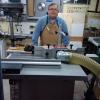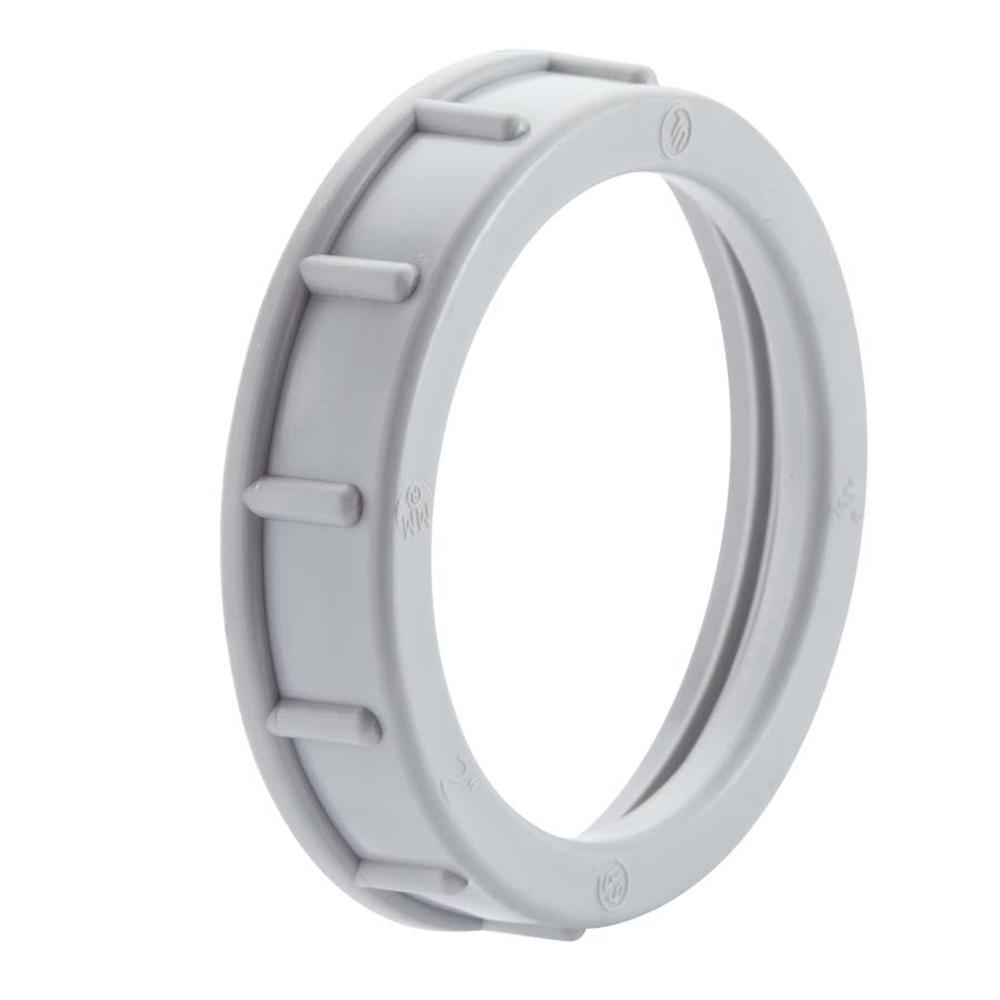Patrick, the phase converter, aside from no load current will only draw enough power to supply the load.
Since this is a house I presume the machines are for hobby use?
With central air, a stove, a water heater, and house base load, you're really close to capacity without the shop load.
I would curtail the dryer or stove and not worry about it further. It's extremely unlikely that your continuous shop load will be more than 6 HP including dust collection......Rod.





 Reply With Quote
Reply With Quote




